In chemistry we have been recapping the states of matter as well as reversible and irreversible changes. We’ve then used this knowledge to investigate the rate a solute dissolves in a solvent.
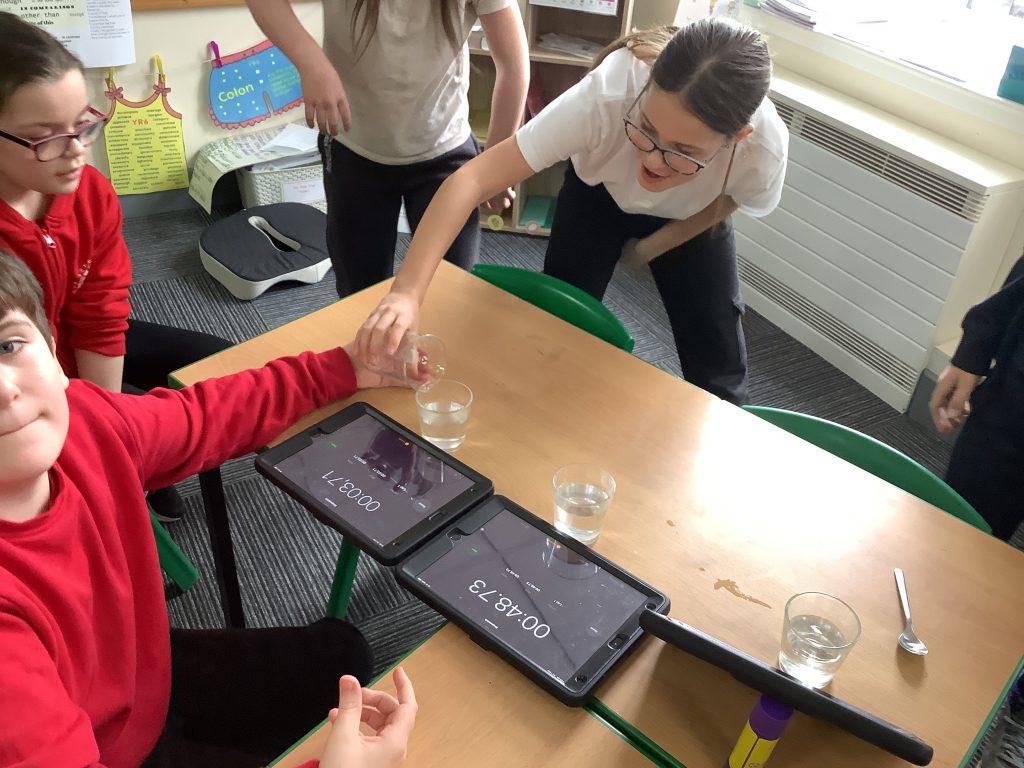
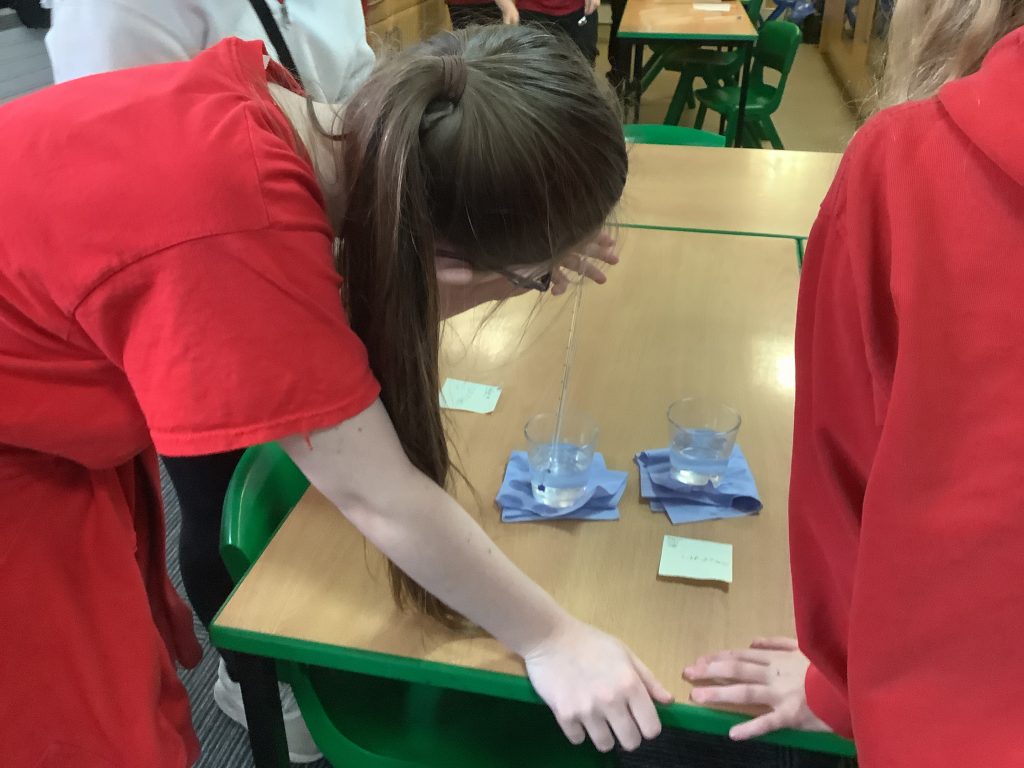
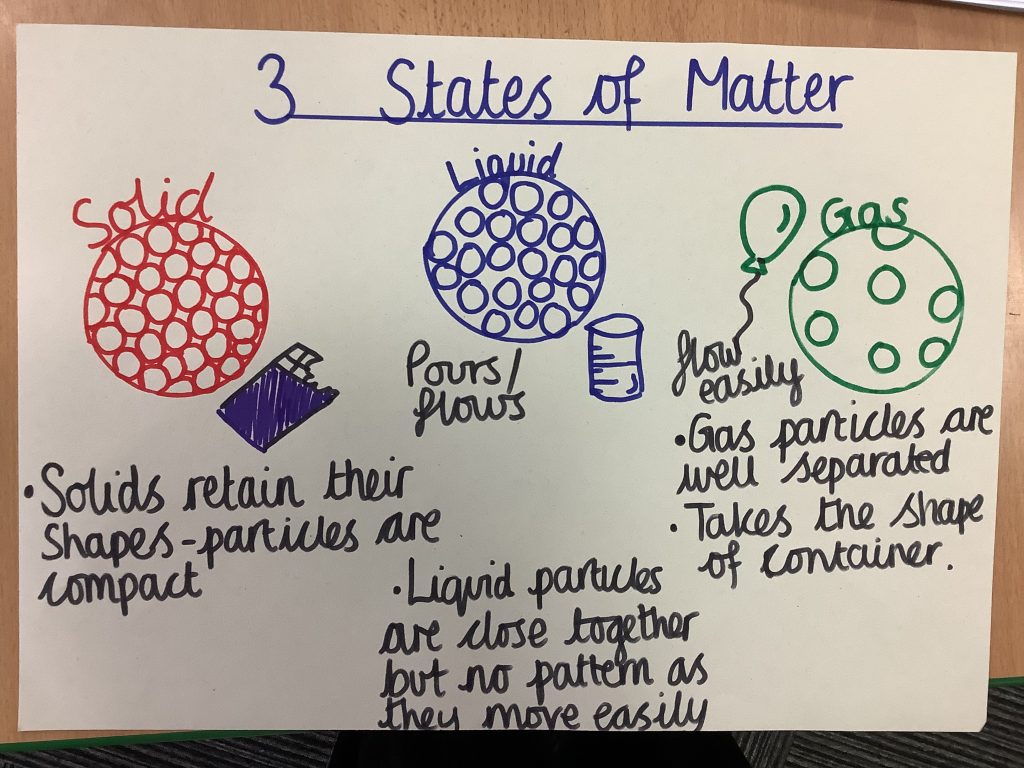
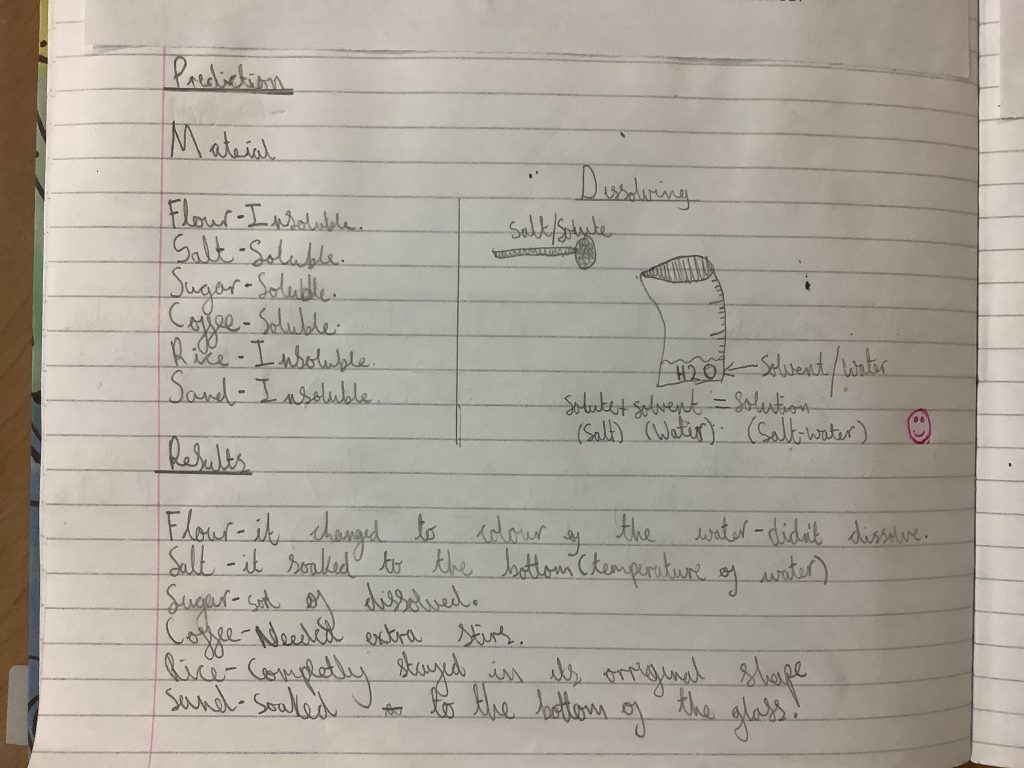
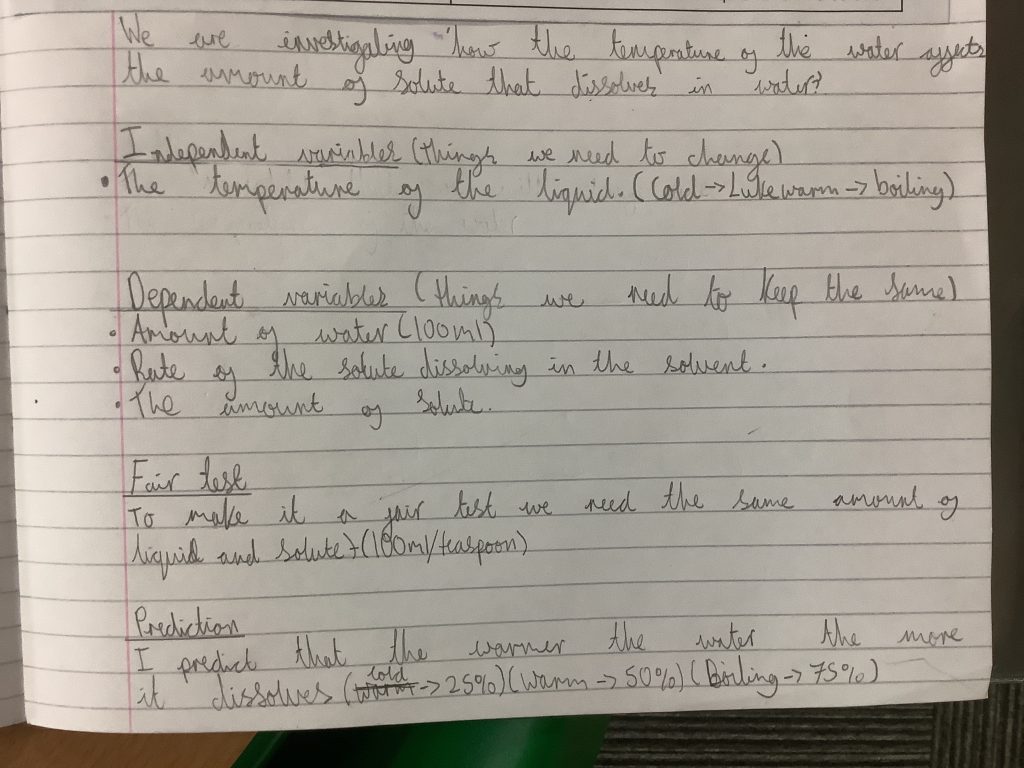
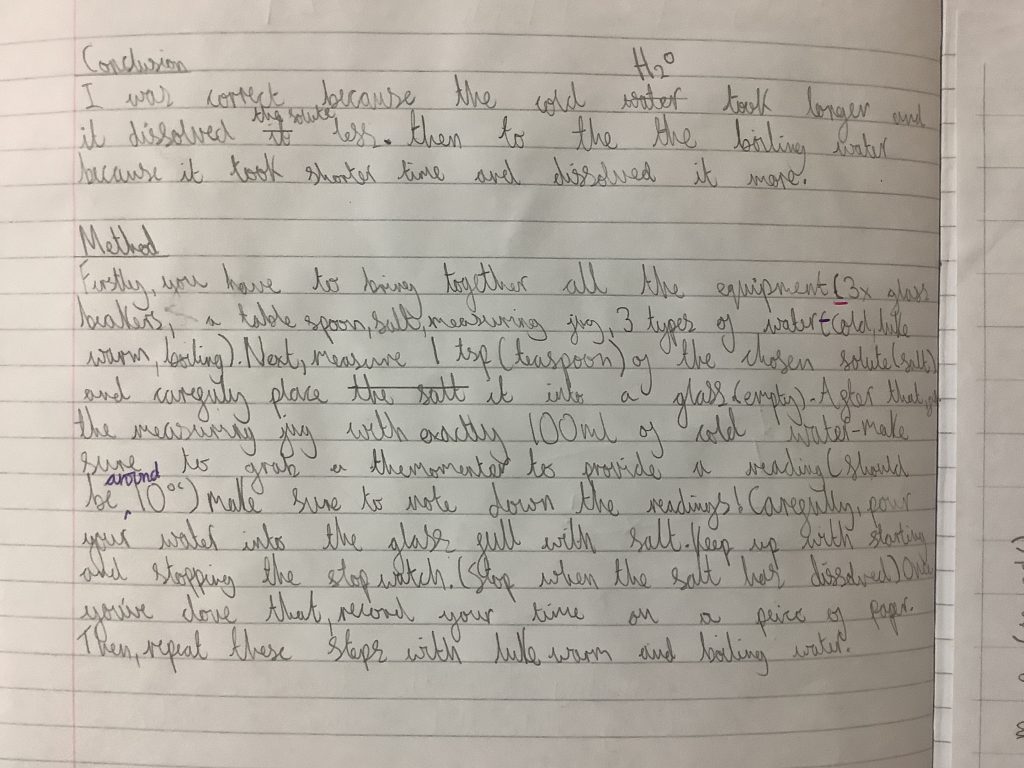
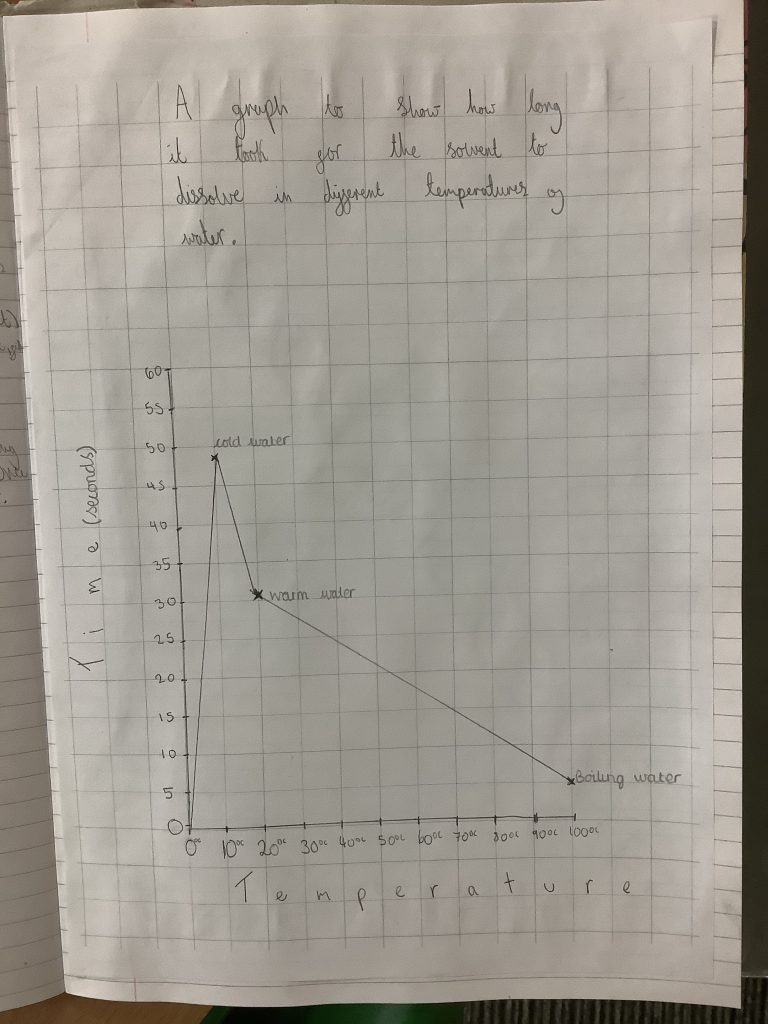
In chemistry we have been recapping the states of matter as well as reversible and irreversible changes. We’ve then used this knowledge to investigate the rate a solute dissolves in a solvent.






